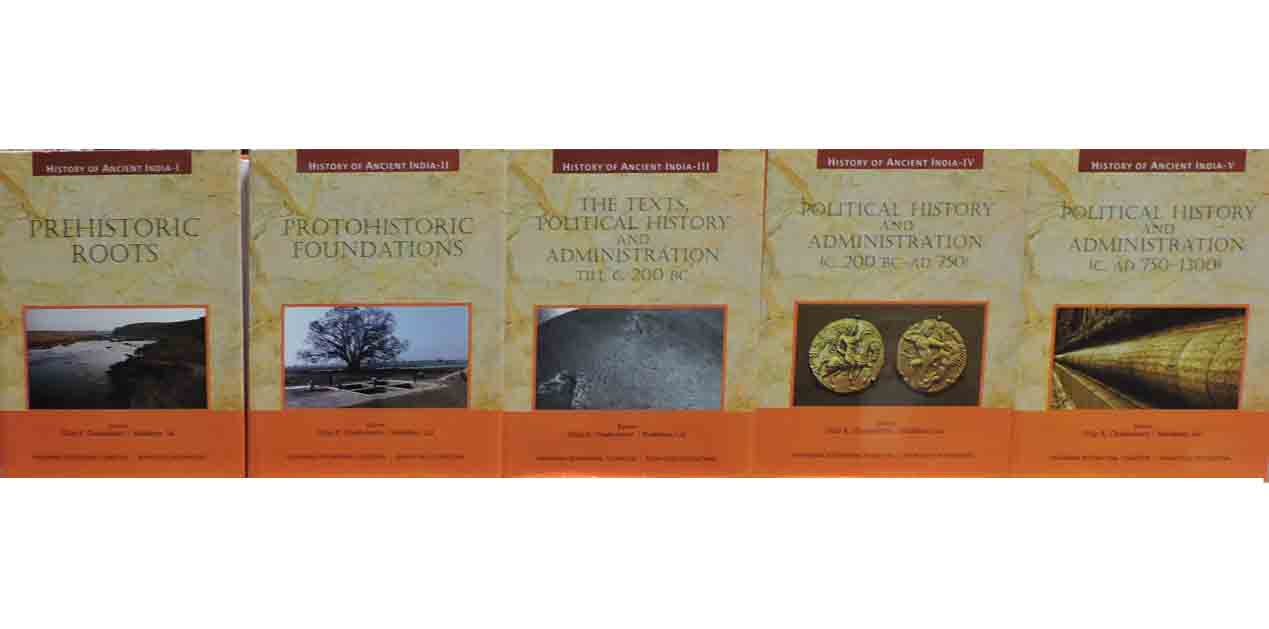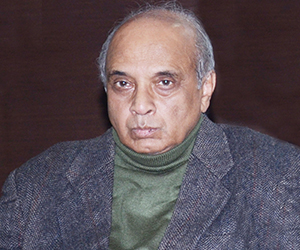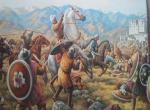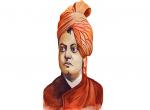The project began in April 2011. The first five volumes were released in December 2013. The titles of these published volumes are the following :
(1) Prehistoric Roots, (2) Protohistoric Foundations, (3) The Texts, Political History and Administration till c.200 BC (4) Political History and Administration, c.200 BC- AD 750 (from the end of the Mauryan rule to the beginning of the dominance of regional powers), and (5) Political History and Administration, c.AD 750-1300 (regional powers and their interactions.
The volumes which are as yet unpublished comprise the following titles : (6) Social, Political and Judicial Ideas, Institutions and Practices, (7) Economy : Agriculture, Crafts and Trade(8) Sculpture, Terracottas, Painting, Architecture (9) Science and Technology, Medicine, (10) Literature and Literary Ideas, and Religious and Philosophical Systems , (11) Ancient India’s Interrelations with the World (Southeast, East, Central and West Asia, the Eastern Coast of Africa, and the Mediterranean World)
As will be obvious from the titles mentioned above, the series is concerned with a comprehensive understanding of ancient India in various fields. Its chronological span is from the earliest time to the thirteenth century.
A number of points make the undertaking of this academic enterprise important. First, since the 1950’s when the early volumes of the famous series History of the Indian People were published, there has been a great amount of research on ancient India, especially in the field of archaeology. This research is limited not merely to the discovery of new data but also to new frames of interpretation, not many of which have yet been incorporated in the university-level ancient history books. The different volumes of the present series are specifically aimed at changing this situation.
In Volume I which deals with the Stone Age and its date and implications in all major parts of the country, the introduction comprises the major features of India’s historical geography and the basis of classifying Indian people, the latter including an examination of the genetic basis of their unity. The sweep and the canvas of the relevant Palaeolithic data bring about a systematic and clear basis of understanding the beginning of human history in the sub-continent. This is followed by a study of the Mesolithic features and the general problem of rock art in India. The essay on the Indian rock art is about the most comprehensive and most knowledgeable survey of its kind. The richness and complexity of Stone Age phenomenon is further enhanced in this volume by detailed analysis of several individual sites, including the situation and problems in the Andaman islands.
Volume II is concerned with Protohistoric foundations and dwells basically on the beginning and spread of agricultural economies , offering clear perspectives on the origins of Indian agriculture. A large part of this chapter is also concerned with different aspects and problems of the Indus Civilization, the issue of its merger in the later agricultural communities of the Doab and other areas, and finally, a close-knit archaeological perspective of the genesis of the early historic urban growth from the north-west to the southern Peninsula. As far as the richness and regional tapestries of protohistoric India are concerned, no other published volume comes even close to this publication which also has, on the model of Volume I, a detailed section of site reports.
With Volume III, The Texts, Political History and Administration till c.200 BC, we enter the orthodox field of History. The initial issues of the Vedic texts and Aryan hypothesis, the horse and the Aryan debate and finally, the Aryan issue and genetics are discussed in the beginning of this volume, where we also find a connected account of India as reflected in the Vedic texts and the palimpsest of our traditional political history up to the growth of Magadhan power. Further background of political history is provided by a detailed analysis of Buddhist and Jaina texts , the period of the ‘sixteen great principalities’ and the Achaemenid expansion to the Indus. The Mauryas in the north and the Cheras, Cholas and Pandyas in the south round up this picture of early political history. In the sections on ‘Iron Age to early history’ and ‘the growth of early historic cities and states’ we get analysis of the relevant archaeological data while the chapter on ‘inscriptions and coins’ evaluates them as historical sources. The site report section contains essays on many important early historic sites.
Volumes IV and V take the theme of ‘political history and administration’ from c.200 BC to c.750 AD and from c.750 AD to c.1300 AD. The breadth of, and concern with various issues of dynastic history both in the north and the south are important features of these two volumes, and in each case the authors have tried to emphasize the nature of sources. What emerges rather clearly is that the knowledge of our ancient dynastic history is uneven. If one can write extensively on the Mauryas, Kushanas , Satavahanas and Guptas, one can hardly fill up the details regarding many regional dynasties. Their primary sources, i.e. coins and inscriptions, have been reviewed in some detail, and, as in the earlier volumes, Volume IV has features on the sites of Bharhut, Buddhist sites in the Western Ghats, Sanchi, and Wari Bateshwar in the east. Each of these reports conveys an idea of the new types of research which have been undertaken in these areas.
Volume V does not have any section on site reports for the simple reason that in the context of the span 750-1300 AD there is hardly any well-investigated site where, apart from its architecture, purely archaeological aspects have been well-researched. Otherwise the volume is a compendium of regional dynastic histories in north India, the Deccan and the south, along with their coins and inscriptions. Four chapters of Part III of Volume V deal with the establishment of early Muslim rule in India. The concluding chapter is a case study of how inscriptions and coins can be made to yield settlement history.
From Volume Six onward the series goes beyond political history. Volume Six is titled Social, Political and Judicial Ideas, Institutions and Practices and contains articles on caste system (both from the anthropological and historical points of view), characters of village and urban life in ancient India, position of women, and finally, notes on ancient Indian education, state and government, and law. Volume Seven is on economic history – Economy : Agriculture, Crafts and Trade. In each of the areas of the volumes six and seven the basic issues regarding ancient Indian social and economic history have been clearly, if a little synoptically, summarized. Volume VIII deals with Sculpture, Terracottas, Painting, and Architecture. Although performing arts were initially meant to be a part of the volume, the idea of a separate section on dance, drama and music has been eventually given up, and in its place there will be an article on ancient Indian aesthetics in Volume Ten concerned with Literature and Literary Ideas, and Religious and Philosophical Systems. Volume Nine is about Science and Technology, and Medicine. In addition to a general essay on the nature of ancient Indian scientific and technological thought, there will be essays on the history of physical, chemical and mathematical ideas in ancient India. The technology portion of this volume will dwell on different aspects of metallurgy, water management, pottery manufacture, gemstone technology, and miscellaneous other features. Volume Eleven will examine Ancient India’s Interrelations with the World (Southeast, East, Central and West Asia, the eastern coast of Africa and the Mediterranean world) or try to evaluate ancient India’s civilizational role in the contemporary civilized world.
At present Volumes Six , Seven and Eight are with the publisher, but Volumes Nine, Ten and Eleven are still in the stage of preparation. In an enterprise of this kind, certain amount of disparity in the quality of individual volumes and chapters is perhaps inevitable , depending on the quality of the individual contributors, but on the whole, the series calls for serious consideration from scholars, students and the informed public. A number of points may be argued in its favour. First, by and large its whole approach is essentially empirical, with emphasis both on what we know and what we cannot or do not know. Theories unsupported by facts have no place in these volumes. In the same vein, the accuracy of facts has been given primary importance. Secondly, the basic spirit of these volumes is nationalistic. There are diffusionist theories galore in most of the fields from the first appearance of humans to the invasions of the Arabs and the Ghurid Sultans. Discussions in these volumes have not been burdened by such theories unless they are backed by unimpeachable data.
On the other hand, no parts of the world can be entirely free of contacts with the outside world, and India also cannot be said to be an exception. However, the main stem of India’s political, cultural and economic developments has never been lost sight of and our avowed purpose is focus on Indian land. The purpose of the series is not to take recourse to an unprofessional approach to historical events and flows. The purpose is to emphasize with academic rigour the wonderful richness and diversity of the historical developments of this land and view these developments in terms of the land itself. In this our guiding philosophy is a thinker like Tagore : “By not viewing Bharatavarsha from Bharatavarsha’s own perspective, since our very childhood we learn to demean her and in consequence we get demeaned ourselves”.











Respected sir, thank you very much for publishing a large volume on ancient history of india.
Here I just as a enthusiast youth, want to suggest that you should also consider to publish this series in hindi. So hindi speaker people also get knowledge about our ancient past. Yes it's hard task, and need time and effort and other things. But it's necessary for the majority of people. The previous series of ancient india in 1950-60 are only published in english. And most of the people have no idea about it. So if you can publish these volumes in hindi, it will help full to reach to the common people of Bharat.
Hope you will consider my request.
Congratulations for this series and I hope this series will make our ancient history more alive in our modern national identity.
I would like to know about institute
Are the e-copies available for these books ? Or from where can we purchase the had copies ?
Post new comment